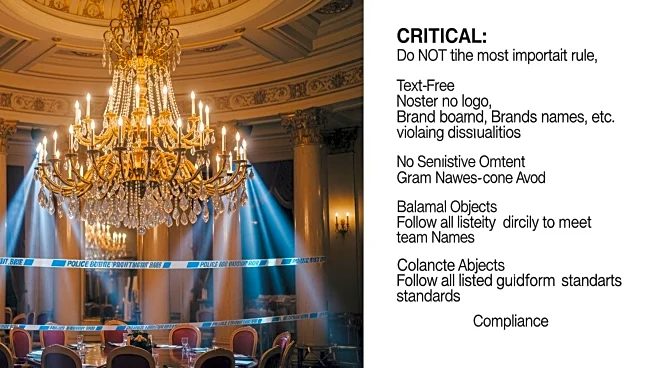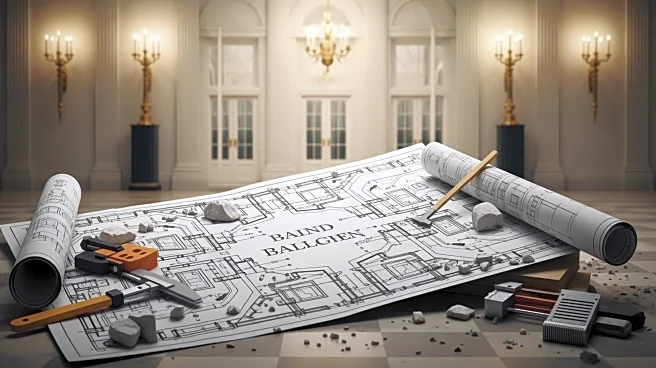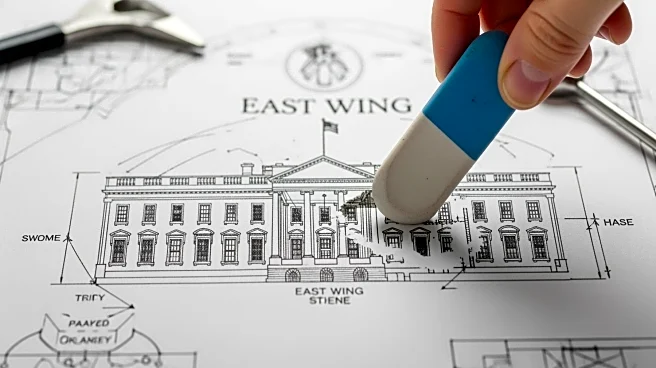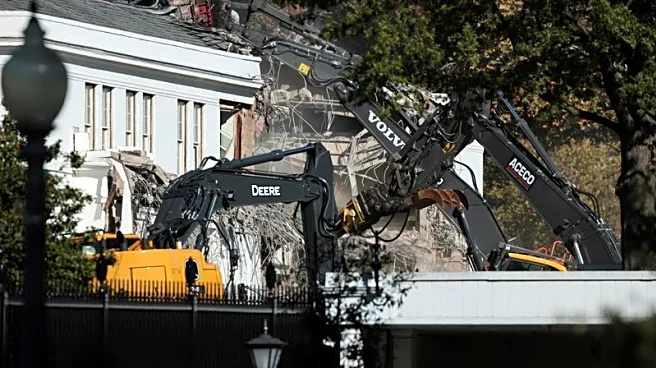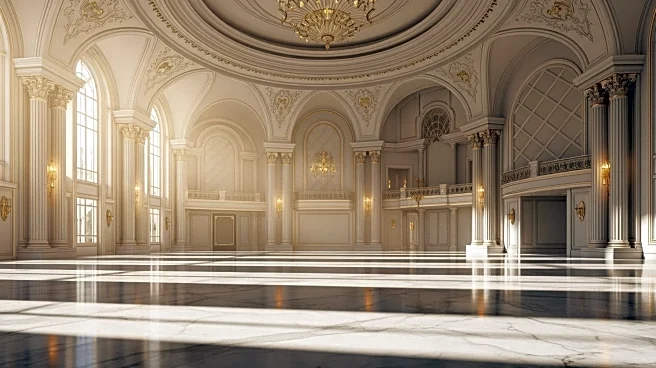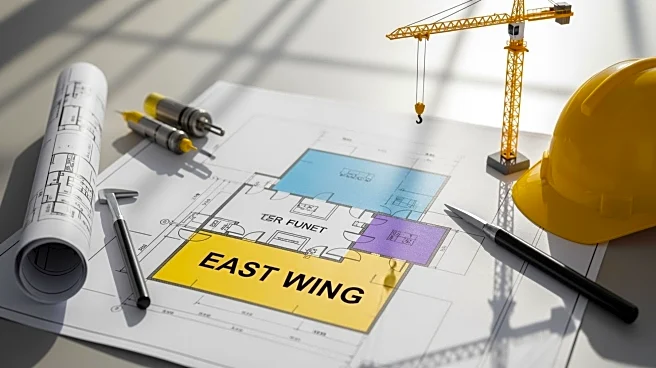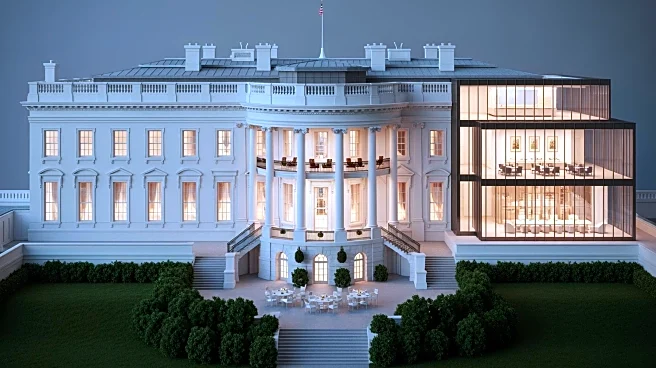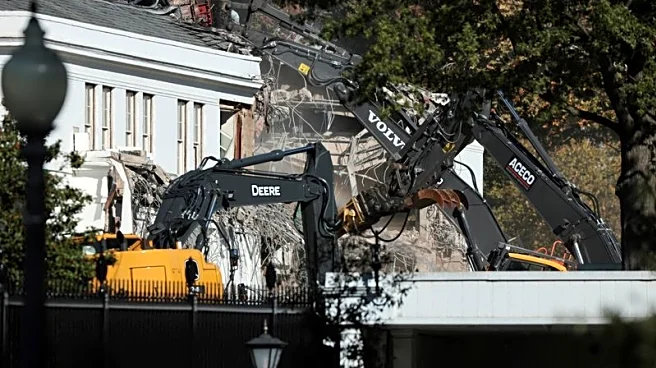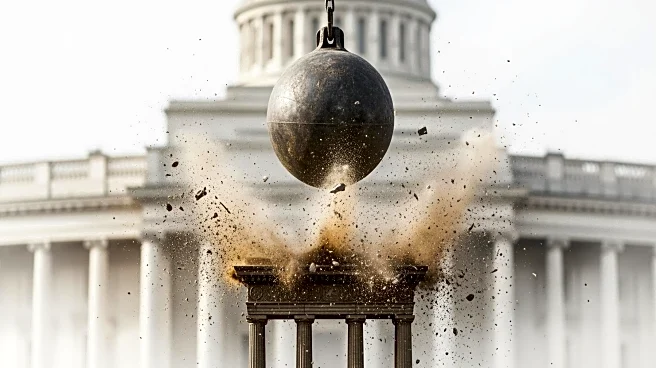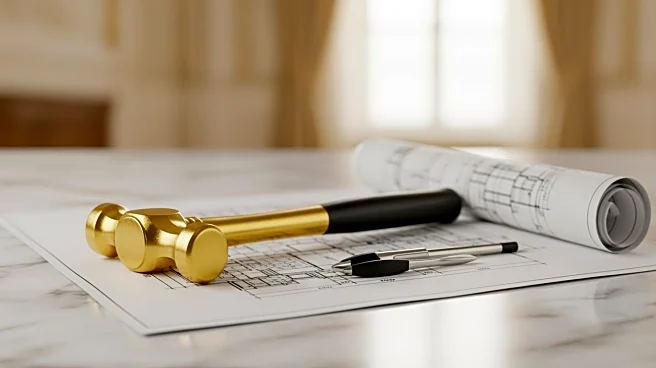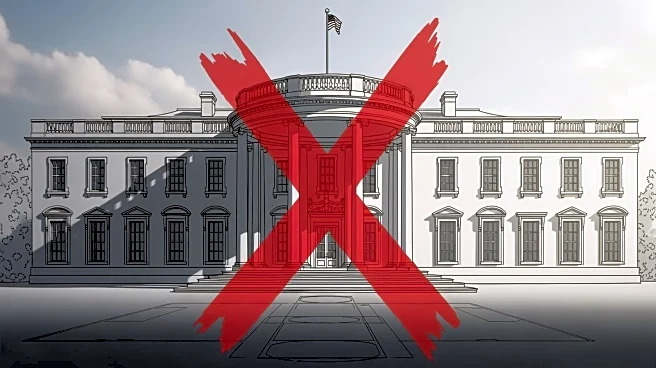What's Happening?
The White House's East Wing has been demolished as part of President Trump's plan to construct a new ballroom. The project, which has increased in cost from $200 million to $300 million, is being funded by private donors. The demolition has sparked controversy,
with critics arguing that it disregards the historical significance of the East Wing. The White House has defended the project, stating that the demolition was necessary to ensure the new structure's stability and modernity. The ballroom is intended to provide a large space for state events, addressing a long-standing need for such a facility.
Why It's Important?
The demolition of the East Wing has raised significant concerns about the preservation of historical sites and the transparency of funding for public projects. The project has highlighted political divides, with some viewing it as a necessary modernization effort and others as an unnecessary vanity project. The financial implications, with the project being funded by private donors, raise questions about potential influence on public policy. The outcome of this project could set a precedent for future renovations of national landmarks and influence public perception of the administration's priorities.
What's Next?
The construction of the new ballroom is expected to proceed following the demolition. The project will require approval from the National Capital Planning Commission, which has yet to receive the construction plans. The administration plans to seek this approval before proceeding with the construction phase. The debate over the project's necessity and impact is likely to continue, with potential legal and political challenges from preservationists and opposition lawmakers.
Beyond the Headlines
The project raises broader questions about the balance between preserving historical integrity and accommodating modern needs. It also touches on the ethical considerations of using private funds for public projects, potentially influencing public policy and decision-making. The cultural impact of altering a significant national symbol like the White House could have long-term implications for how historical sites are managed in the future.
